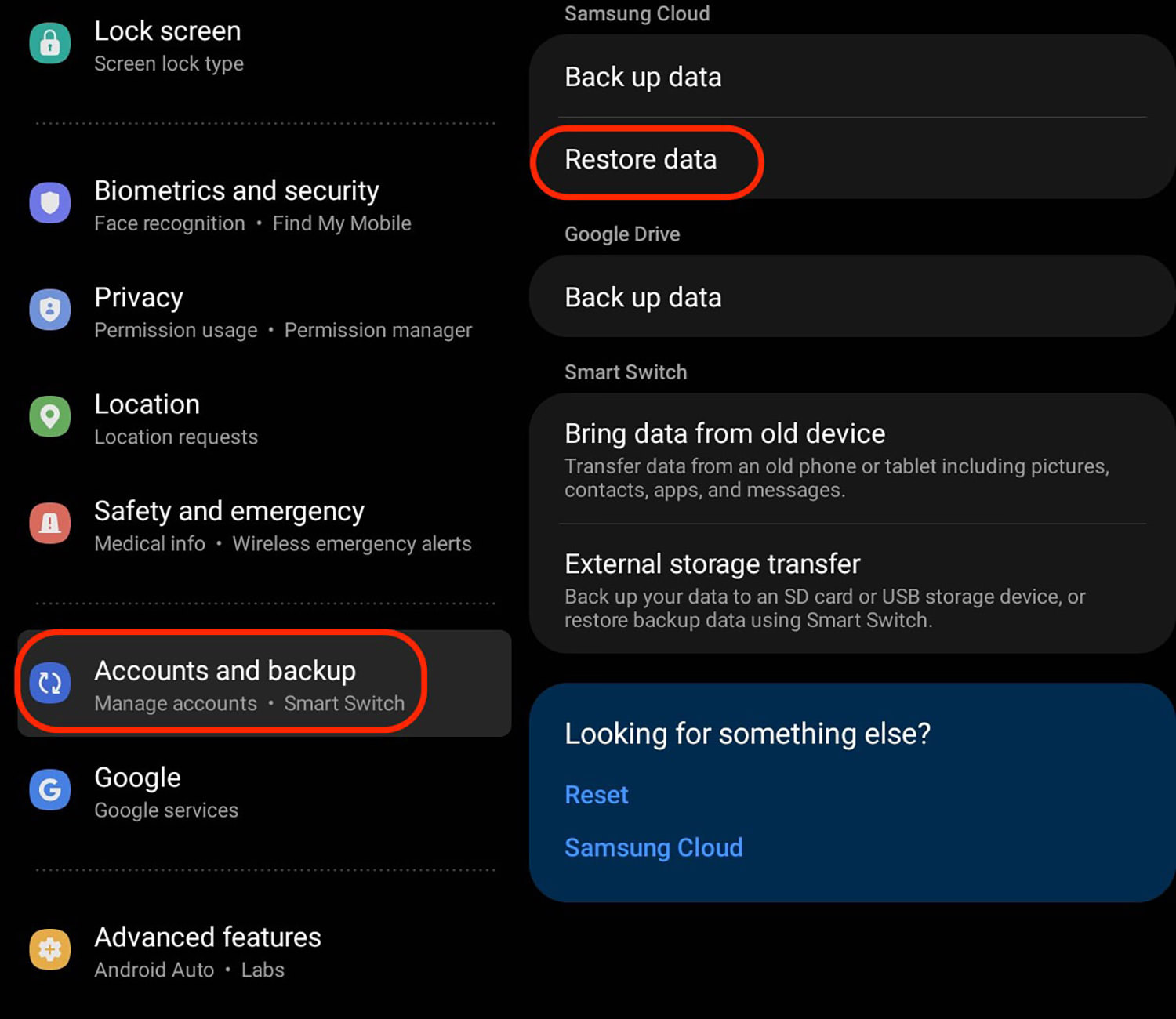How to Recover Android Data After Factory Reset
There can be any number of reasons that might cause you to factory reset your data. Forget password, system issues, or simply an accidental reset; factory reset means the entire data on your phone is erased. But whatever the reason, it is a great loss when your entire data gets wiped.
In case you did a factory reset on your Android phone, there are ways to recover your lost data with or without backup. In this post, I will be discussing some ways to restore your data through backup and even when you don’t have a backup.
Recovering Android Data with Backup
I cannot emphasize enough on the importance of keeping a regular backup of all your data. There are many ways to backup data in your Android device but most common and reliable ones include backing up your data locally within the device or backing up your data in Google.
In the following, I am going to talk about the process of restoring your data from both these backup options.
Local Backup
Android OS offers different ways to backup your data locally. These include backing up on an external storage device like an external hard drive or SD card or on Samsung Cloud (for Samsung users).
Being a few taps process, I backed up my Android device’s data on the Samsung Cloud and here is how you can restore it through the same after a factory reset.
- On your Android device, go to Settings > Accounts and backup and under Samsung Cloud, tap Restore data.
- Samsung Cloud will ask for secondary verification. Choose any of the given verification methods.
- Once verified, you will see your Android device’s name. If you have multiple Android devices backed up on the same Samsung Cloud account, you’ll be able to see all of those there.
- You’ll see all the backed-up data and you tap Restore to get all of it back on your device.




Google Backup
The above-mentioned method is ideal for Samsung device users. However, a more universal way to backup and restore your data nevertheless of the device you use is through Google One.
If you have your data backup in Google One, here’s how you can restore it after a factory reset on your Android device.
- Go to the Google Drive app and login to the account that you used to backup your Android device’s data.
- Tap on the hamburger menu on the left and then tap Backups.
- You will see all the data backups created on the drive. Tap on the device’s name that you want to restore the backup for and you’ll see all types of data that has been backed up. You can restore any or all of it from here.


Recovering Android Data without a Backup
The aforementioned methods discuss how to recover data when you have a backup either locally or in Google Drive.
However, if for some reason you were not able to backup your Android device’s data and lost all your data due to factory reset, then a third-party app called DroidKit may be able to help you out.
Droidkit
DroidKit is a versatile system solution by iMobie that helps resolve many issues with both Android and iOS devices. From the aspect for data recovery for Android, the tool features different recovery modes
- Quick Recovery – for faster data recovery without rooting your device.
- Deep Recovery – for more in-depth data recovery with device rooting.
There are 13 different types of data that DroidKit can help you recover. These include photos, videos, text/audio messages, WhatsApp, contacts, call logs, calendars, APK files, documents, and a lot more. You can even select only a specific type of data to be recovered to your device.
Moreover, it supports more than 20,000 Android device models from just about any manufacturer and works with all versions of the Android OS.
DroidKit is safe to work with and you can install it on your Windows or Mac computer.
How to Recover Lost Android Data with DroidKit
So you lost all the data on your Android device and want to get it back but without backup available? Well, you can follow these few simple steps to recover your lost data through DroidKit.
- Download and install DroidKit on your Windows and macOS computer and then launch the program. From the many options on the home screen, click Data Recovery.
- You’ll be asked to connect your device via USB. Once the connection is successfully established, and the tool completely recognizes your device, click Start to begin with the process.
- You’ll see 13 different types of data on the screen. Select any or all types of data and click Start to proceed.
- DroidKit will scan all the data on your Android device and give you a preview of your files.
- You can select the ones you want to recover and also where you would like to receive them i.e., in your computer or your device. It will give you a preview of the formats. Click Continue.
- You’ll see the Transfer data progress bar and then the Recovered successfully notification.







That’s it, all the data that you selected for recovery will be restored in your device or computer and you’ll be able to access it again.
Conclusion
It’s always wise to keep a backup of your data on an Android device either locally or using a third-party app. But even if you don’t have a backup of your data and factory reset your device, you can take help from DroidKit to recover most of your data in a few steps.
DroidKit can provide solutions for other types of Android system issues as well. So it won’t be too bad to keep it handy. Try out the tool and let use know of your experience.